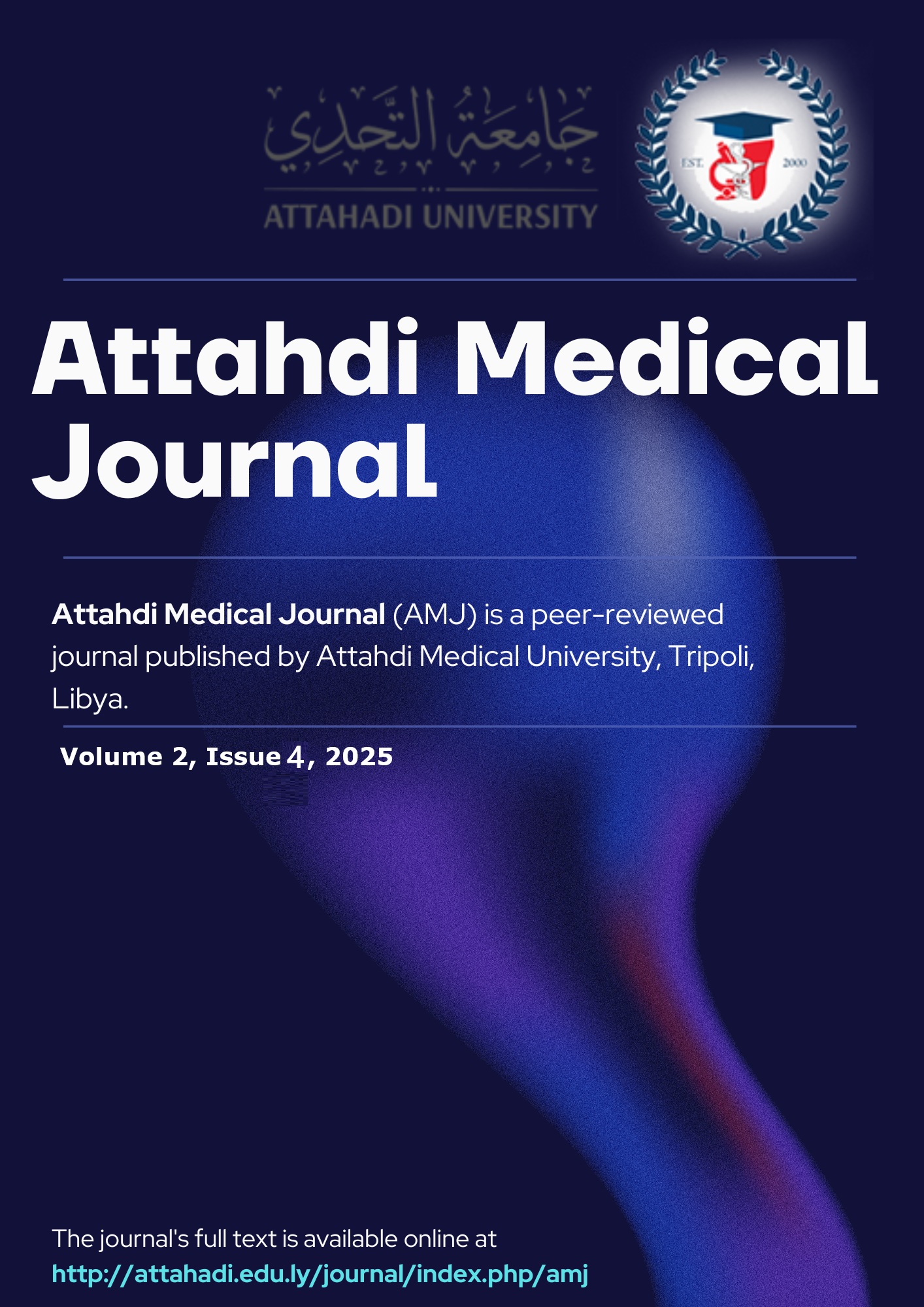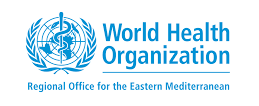Early-Life Antibiotic Exposure and Asthma-Like Symptoms Among Children in Sebha, Libya
DOI:
https://doi.org/10.69667/amj.25403Keywords:
Early-Life Antibiotic Exposure, Asthma-Like Symptoms, Children in Sebha, LibyaAbstract
Evidence links infant antibiotic exposure to asthma, but data from North Africa are limited. Methods: We conducted a cross-sectional survey of 100 children aged 0–5 years in Sebha, Libya. Early exposure was defined as any systemic antibiotic use before the age of 2 years, and intensity was grouped as 0, 1, 2–3, or ≥4 courses. The primary outcome was the presence of current asthma-like symptoms (wheezing, persistent cough, nocturnal cough, or shortness of breath). Proportions were compared using chi-square tests, and multivariable logistic regression was adjusted for age, sex, family history of atopy, household smoking, and residence. Sensitivity analysis excluded children with physician-diagnosed asthma. Results: Seventy percent of children received antibiotics by the age of 2. Overall, 25% had current asthma-like symptoms; the prevalence was 30% among the exposed and 10% among the unexposed (unadjusted OR 3.86, 95% CI 1.05–14.2; adjusted OR 3.5, 95% CI 1.11–11.2). A dose–response relationship was observed: symptoms in 15% with 1 course, ~30% with 2–3 courses, and 50% with ≥4 courses (p-trend <0.01). The first antibiotic before 6 months showed a higher symptomatic proportion among the exposed, but this was not statistically significant. Family history was strongly associated with symptoms (aOR ~4.0), whereas household smoking showed a non-significant trend (aOR ~1.8). The model fit was acceptable (Hosmer–Lemeshow p=0.88). The sensitivity results were similar (25% vs. 8%, p=0.04). Respiratory infections were the most common indication for use, and 57% of exposed children received broad-spectrum agents. In this Libyan cohort, early-life antibiotics were associated with a higher burden of asthma-like symptoms by age five years, with a graded increase across course counts. Although confounding by indication and cross-sectional design limit causal inference, the findings are biologically plausible and clinically relevant. Prudent stewardship in infancy and targeted respiratory follow-up for repeatedly treated children are warranted, and larger prospective cohorts with validated exposure and microbiome profiling are needed












